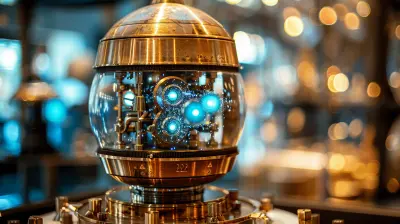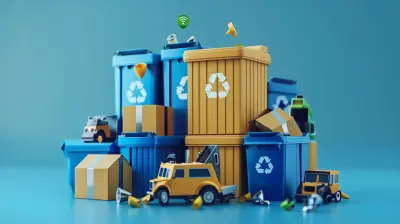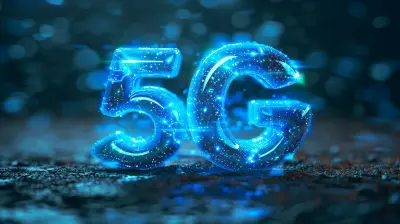The Role of AI in Optimizing Renewable Energy Consumption
3 September 2025
The global push for sustainability has made renewable energy more important than ever. But here's the thing—while solar panels and wind turbines are amazing, their energy production can be unpredictable. What if the sun isn’t shining or the wind dies down? That's where artificial intelligence (AI) comes in.
AI is revolutionizing the way we generate, distribute, and consume renewable energy. From forecasting energy demand to optimizing grid management, AI helps make clean energy more reliable and efficient. So, let’s dive in and see how AI is shaping the future of renewable energy consumption. 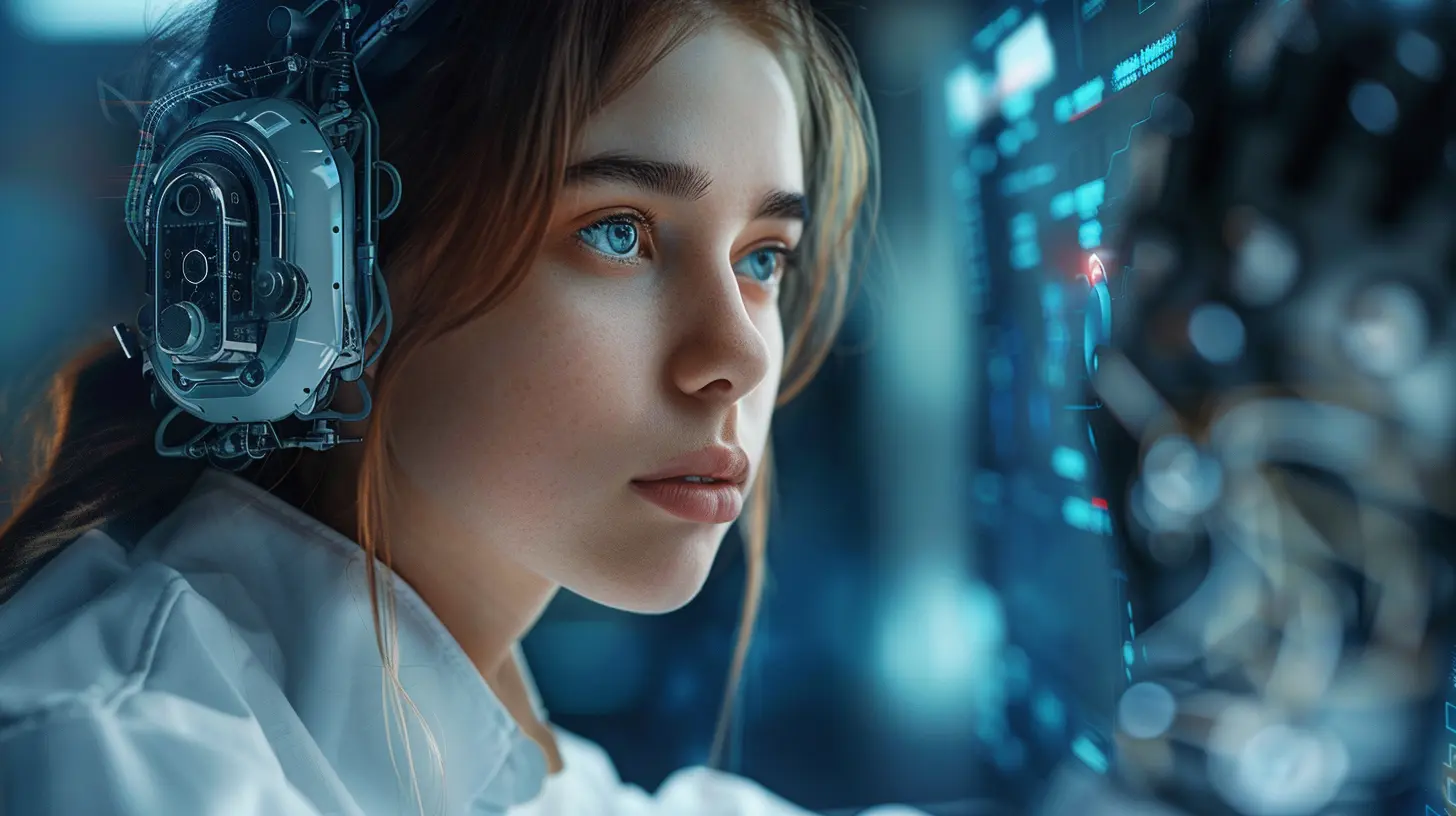
The Challenges of Renewable Energy Consumption
Renewable energy sources like solar and wind are fantastic for the environment, but they come with challenges. Unlike fossil fuels, you can't just burn more coal or pump more gas when demand spikes. Instead, you're at the mercy of nature.1. Intermittency and Reliability Issues
The biggest challenge with renewable energy? It’s not always available when you need it. The sun doesn’t shine 24/7, and wind patterns can be unpredictable. Without proper management, this inconsistency can lead to energy shortages or wasted surplus power.2. Energy Storage Limitations
Batteries help store excess energy for later use, but they're not perfect. They’re expensive, have limited storage capacity, and degrade over time. Balancing energy production and storage efficiently is a massive challenge.3. Complex Grid Integration
Traditional power grids were designed for stable, predictable energy sources like coal and natural gas. Introducing fluctuating renewable energy into these grids can create instability and inefficiencies. Without smart management, power outages and supply issues can become a real problem.
How AI is Revolutionizing Renewable Energy Consumption
Artificial intelligence is stepping up as the ultimate problem solver in the renewable energy sector. By using machine learning, predictive analytics, and automation, AI is helping to balance energy demand and supply more efficiently than ever before.1. AI-Powered Energy Forecasting
One of AI’s coolest tricks? Predicting future energy needs with mind-blowing accuracy. By analyzing weather data, historical energy patterns, and even real-time satellite images, AI can forecast energy production and demand hours or even days in advance.How Does This Help?
- Ensures that power grids are better prepared for fluctuations.- Reduces energy waste by matching supply and demand more efficiently.
- Helps energy companies plan storage strategies in advance.
For instance, Google’s DeepMind has used AI to improve wind energy prediction, increasing wind farm efficiency by up to 20%! That’s a game-changer.
2. Smart Grid Management with AI
Power grids were never designed to handle the unpredictable nature of renewable energy, but AI is helping to modernize them. AI-driven smart grids can automatically adjust energy distribution based on real-time demand and supply.What Does This Mean in Practice?
- Smart grids can redirect excess solar or wind energy where it's needed most.- AI can detect and correct inefficiencies before they cause problems.
- Prevents grid overloads that could otherwise lead to blackouts.
Think of smart grids as traffic control for electricity. Just like traffic lights manage vehicles on the road, AI optimizes the flow of renewable energy, ensuring a smooth ride for everyone.
3. AI-Optimized Energy Storage Solutions
Energy storage is the Achilles’ heel of renewables. But AI optimizes battery storage and usage in ways humans simply can't.Here’s How AI Improves Energy Storage:
- Predictive Battery Management: AI analyzes energy trends to decide the best times to charge and discharge batteries.- Battery Health Monitoring: AI detects early signs of battery degradation, extending their lifespan.
- Efficient Usage Allocation: AI ensures stored energy is used where it's needed most, reducing waste.
Tesla’s AI-powered Powerpacks are already doing this. They are used in homes, businesses, and even power grids to store and distribute solar energy efficiently.
4. AI-Driven Demand Response Systems
Ever notice how energy demand spikes during the day and drops at night? AI-powered demand response systems analyze consumer behavior and adjust power distribution accordingly.Benefits of AI in Demand Response:
- Encourages consumers to use energy efficiently by adjusting pricing based on demand.- Reduces stress on the grid by shifting non-essential energy use to off-peak hours.
- Helps industries and households cut energy costs by optimizing their usage patterns.
Utility companies are already using AI-driven demand response to prevent electricity shortages during peak hours. Imagine getting a text from your power company offering you a discount if you wait until 9 PM to run your dishwasher—AI is making that possible!
5. AI in Renewable Energy Maintenance
AI isn’t just optimizing energy consumption—it’s also predicting when wind turbines or solar panels need repairs before they break down.How Does AI Help Here?
- Predictive Maintenance: AI uses sensors to monitor equipment performance and detect faults before they cause failures.- Reduces Downtime: Fixing potential issues early means fewer unexpected breakdowns.
- Cuts Maintenance Costs: Energy companies save money by repairing problems on time instead of dealing with major failures later.
For example, AI can detect a small dip in a turbine’s performance and flag it for maintenance before it turns into a serious problem. That means fewer outages and more consistent energy production. 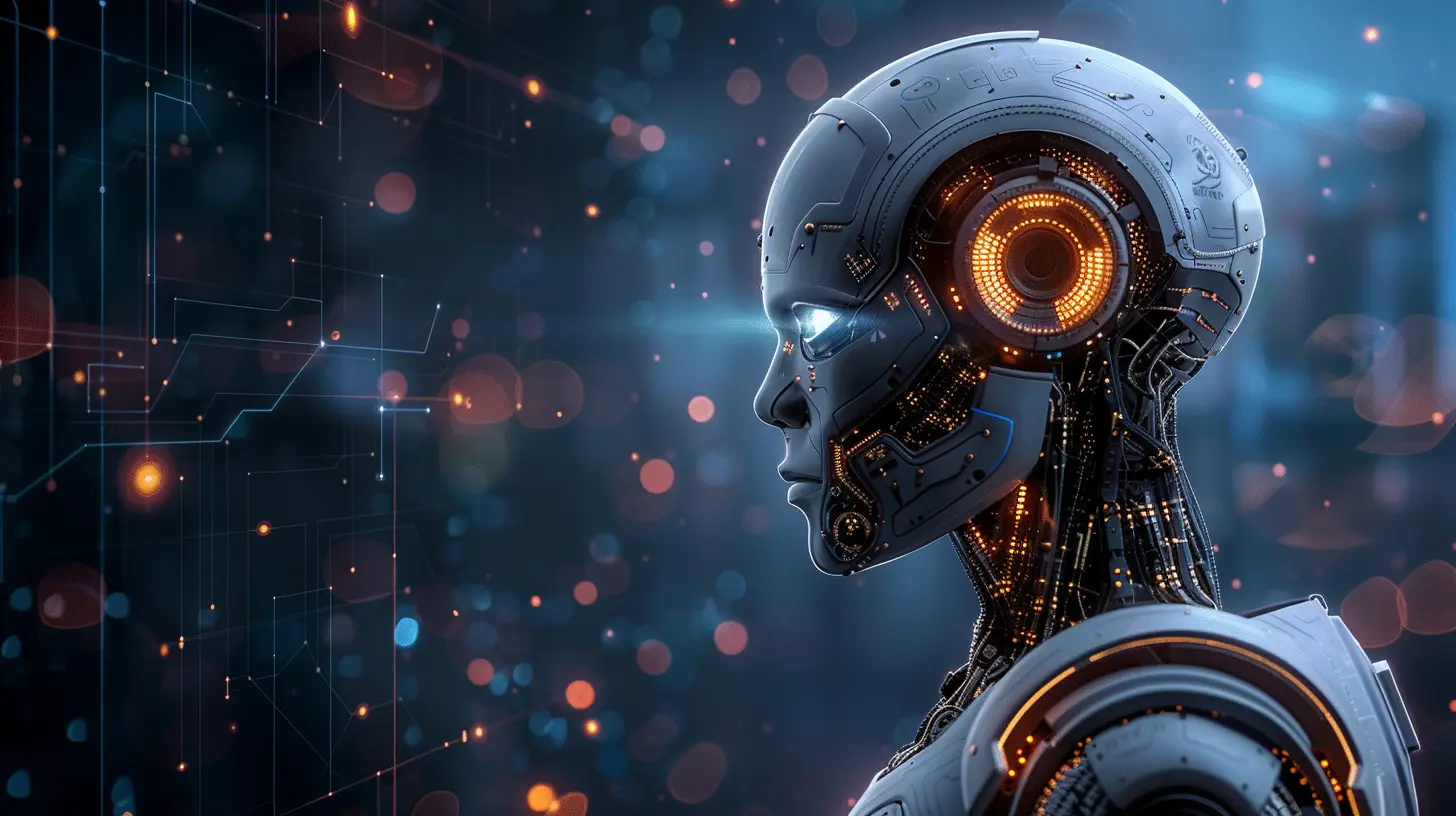
The Future of AI in Renewable Energy
AI’s role in renewable energy is only getting bigger. With the rise of 5G, the Internet of Things (IoT), and advanced machine learning models, AI’s ability to optimize energy consumption will become even more powerful.What’s Next?
1. AI-Driven Microgrids – Small, self-sufficient energy grids controlled by AI could power communities independently.2. Blockchain for Energy Trading – AI could help individuals trade excess solar power with their neighbors securely.
3. AI-Enhanced Battery Technology – Smarter batteries that charge faster and last longer.
4. Fully Autonomous Grid Systems – AI could run entire power grids with minimal human intervention.
The bottom line? AI is making renewable energy smarter, more efficient, and more reliable. 
Conclusion
AI is no longer a futuristic dream—it’s already transforming renewable energy consumption. From predicting energy demand to optimizing grid management and improving storage solutions, AI is proving to be the missing puzzle piece for a sustainable future.As technology advances, AI’s role in renewable energy will only expand, making clean energy more accessible and efficient for everyone. The future of renewable energy isn’t just green—it’s intelligent.
all images in this post were generated using AI tools
Category:
Environmental TechAuthor:

Ugo Coleman
Discussion
rate this article
1 comments
Zarenith McClellan
This article beautifully highlights the potential of AI in enhancing renewable energy efficiency. It's inspiring to see technology and sustainability intersect, paving the way for a greener future. Thank you!
September 8, 2025 at 2:24 AM

Ugo Coleman
Thank you for your kind words! I'm glad you found the intersection of AI and renewable energy inspiring. Together, we can work towards a greener future!
